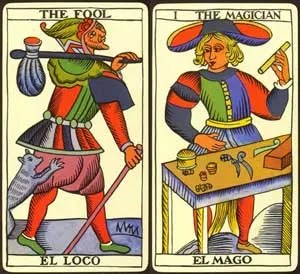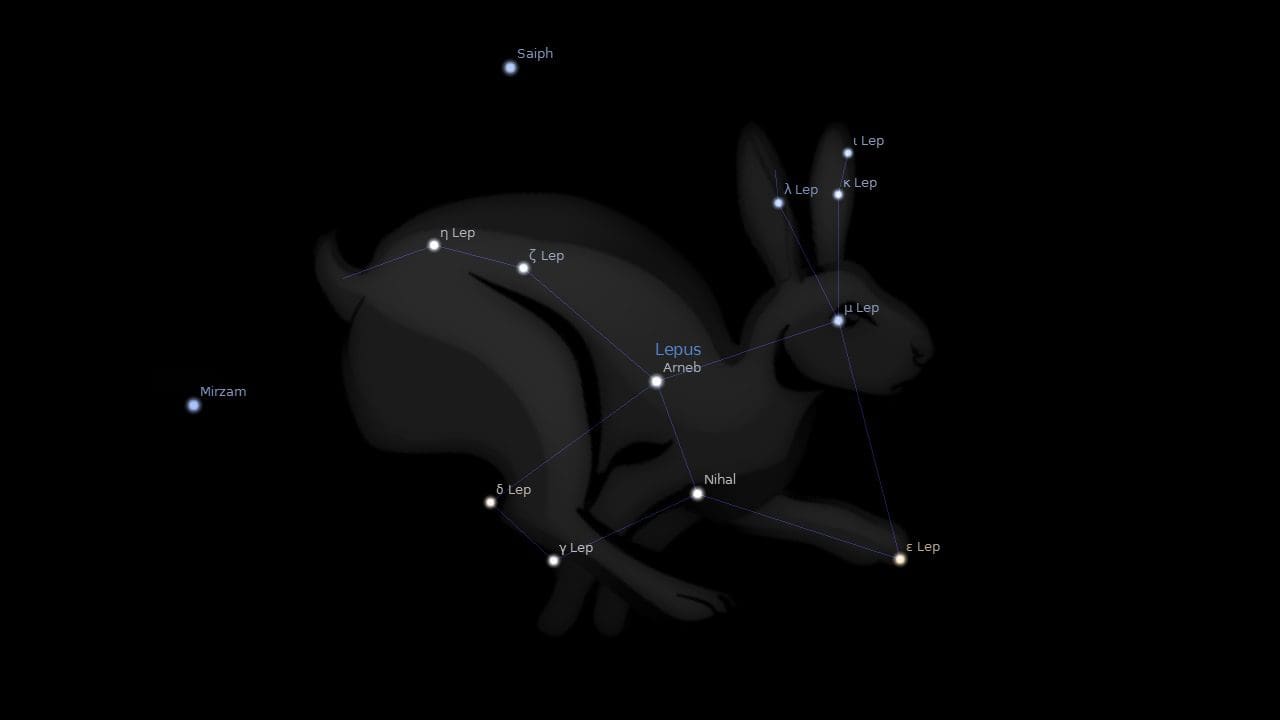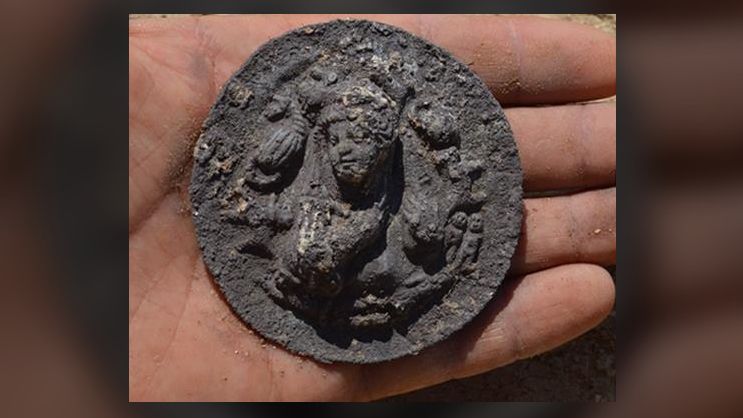As to the Latin translation, it ratifies total sense to me, but I’d like to see also the original words in Latin, just to check if there is some other relevant details since is usual to find meanings within meanings in ancient inscriptions.
The devil is always found in the detail!
Your post and the above specific question OutSky made me go back once more and review the sources (i.e. the visual record I've constructed of the actual lines in stone) - and in so doing I realized
I'd missed out one pivotal line in my previous post!
I was intending to come back to the inscriptions in a while when addressing the context and images on the individual pillars they adorn, but as you have asked I will share what I have now - and do please add whatever comment you have if, as your post suggests, Latin is something you are comfortable and familiar with.
The inscriptions are subtle both in their meaning and in their layout / distribution and are perhaps more enigmatic in detail than I have even thus far suggested - plus
2 of them have been damaged (deliberately or by fortune of nature, we can no longer know) and as you will see below, these lines of text are still open to question as a result (and hence demands some logical Latin choices in final definition) and so, yes, this does indeed potentially impact the full meaning - which I should have stated before.
The challnege is that there are a very few sources online that deal with this subject, and those that do are are mostly either superficial or borrow assumptions from others, or totally miss out all other context. So I've been trying instead to build up a three dimensional picture of what's actually there (having never visited the site myself) by piecing together a whole host of partial photographs etc so as to get as close as I can to actually standing in front of the columns myself... what a thought! No easy feet because I've been dependent on tourist photos, random bits posted here and there... and even then I've had to become a bit like Sherlock Holmes so as to decipher the forensic evidence, especially as the authorities in their wisdom have surrounded much of the structure with thick glass and metal protection which means many available photographs are blurred and vital detail obscured as a result.
Here's an example of what one has to battle against - but it does gives some idea of the total design:
Anyway, I've stuck at it patiently and I think I've now assembled as good as one can in the circumstances. .
It's actually quite depressing to think that given the uniqueness of this site no one has seen fit to put in the effort to create a single set of complete, high resolution, close up images for researchers to work from. I assume, for whatever reason, it has been essentially over looked in terms of its value and place in western visual culture... and there lies a tale indeed...
I will be posting anon with close up images in their rightful context, column by column, but for now on your specific question and my correction, I hope the following helps clarify your inquiry.
Let's start with a ground plan of the columns in relation to the stairs coming up and into the open air beyond. You'll have to excuse, but I've drawn this plan by hand.
As an aside, by drawing this it brought to my attention that columns 1-2 are fully abreast the staircase, but from
column 3 on they are all on the flat, with Column 4 standing as the actual threshold (as well as being the only on thrust forward), whilst columns 5-7 (or in the case of the left side, 5-6) increasingly removed from the door and extending out to meet the open sky.
This may or may not be a significant element of the overall design issue (e.g. densities 1-7, with 1-2 firmly embedded in matter, 3 tentatively released and 4 of particular note...?). I may of course be projecting. Let's see anon if this crops up again.
Also note that of all the 13 columns,
only column 4 on either side - left (RED) and right (purple), carry any text. They are also, as I say, the only columns that extend out across the threshold.
I have marked the 3 faces available for script on each column as A-B-C. Note again that
both faces C on either side are blank of images and text.
Faces A - B are, however, packed with imagery and (as we will see in a post coming up soon) they are laid out in such a way that images run down the centre of a given face, leaving enough room either side of the panel for text to also run up from the bottom to top (i.e. designed to be read from the earth to the sky). Sometimes the text starts half way up but that is the basic model.
So each face of A & B has space for
potentially 2 sets of text line = 8 in total between both columns.
However
only 7 of these are utilized...
RIGHT (PURPLE) holds:
A - IMAGES: Zodiac Constellation ('signs') = 1 line of text (A1 on left, A2 on right is blank)
B - IMAGES; Flora, Fauna & Human Figures = 2 lines of text (B1 on left, B2 on right)
LEFT (RED):
A - IMAGES: Constellation (Northern & Southern hemisphere's) = 2 lines of text (A1 on left, A2 on right)
B - IMAGES: Flora & Fauna = 2 lines of text (B1 on left, B2 on right)
Here are the lines of text once more in English (including the previously missing line) and how they relate to each column face: both
lines
B 1 and B 2 are damaged with missing or near illegible endings. There is thus some conflict in sources as to the actual original text and meaning.
And here are the visual sources, layout of the Latin and again possible translations
I have included the
position of the dots (there are 4 of them) because I have learned from other projects around this kind of esoteric language that their use and placement often has great significance, irrespective of the surface translation of the line, often connected to letter counts and numerology. I'll leave that issue for now.
So over to any Latin sages to make any further comment on the translations etc!












